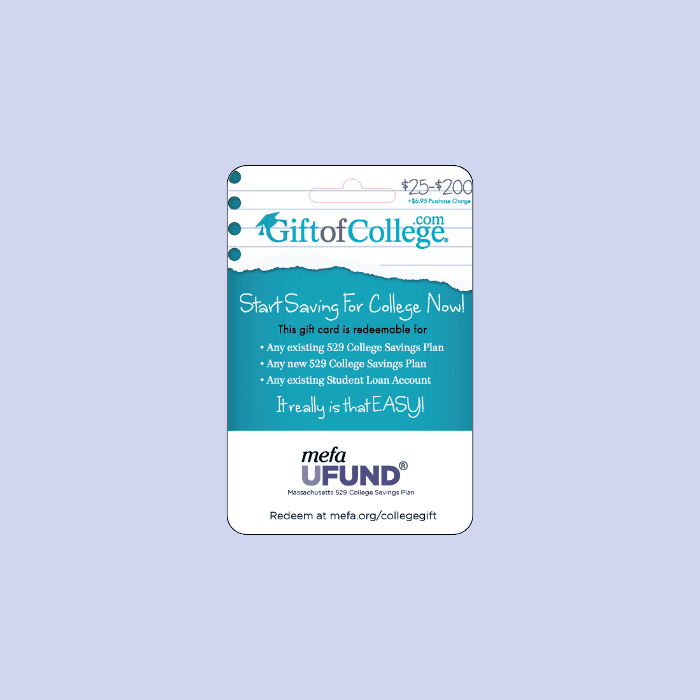This lesson provides key information that will help participants guide students through applying to college and includes a webinar presented by MEFA Pathway K-12 Services Director, Jennifer Bento-Pinyoun. Topics include current trends in admissions, building a balanced list of colleges, the different components of the college application, and how to incorporate MEFA Pathway into the college admissions process.
RSVP for This Lesson’s Webinar
After completing this lesson, participants will be able to:
- Identify major trends in the college admissions process
- Understand the various components of the college admissions application
- Assist students and families with creating a well-rounded college list
- Earn 1 PDP for this lesson by clicking the button below to complete our PDP Form
Lesson Deliverables
To complete this lesson, participants will:









